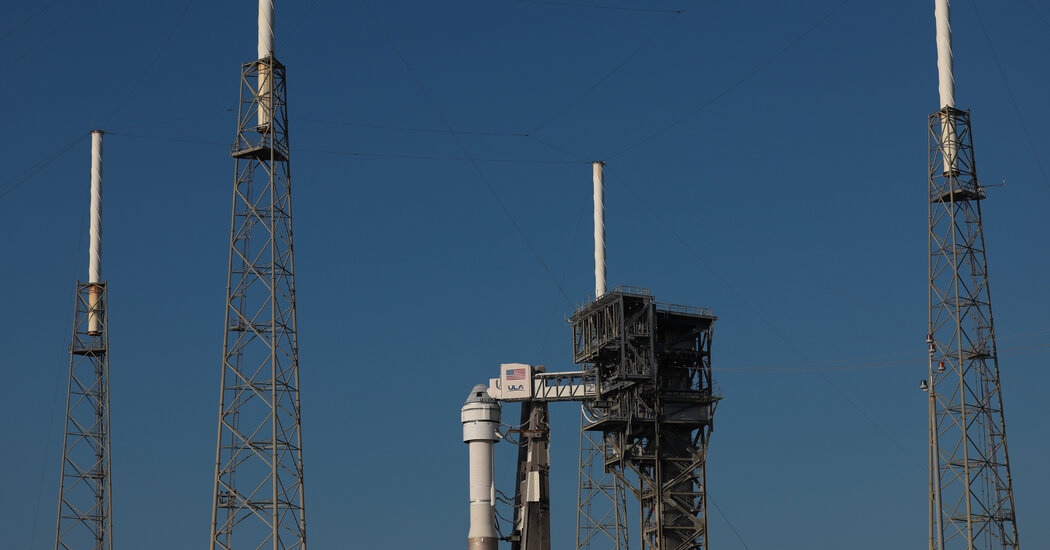In late 2019, Boeing appeared to have a good chance at beating SpaceX to become the first private U.S. company to take astronauts to orbit.
But in the four and a half years since, a lot has gone wrong. Here’s a timeline of the setbacks that have caused Boeing to fall so far behind SpaceX in providing American astronauts a ride to low Earth orbit.
December 2019: A ‘high-visibility close call’
On Dec. 20, 2019, Boeing looked to be in the homestretch.
A Starliner capsule — the same spacecraft that is to take the NASA astronauts Butch Wilmore and Suni Williams to the space station on Saturday — was on the launchpad atop an Atlas V rocket.
The test flight to the space station had no astronauts on board, and its mission was to assess the spacecraft’s navigation, propulsion and docking systems. If the flight were to pass this last technical hurdle, a trip with astronauts aboard could take place within months.
The Atlas V rocket launched flawlessly, releasing Starliner.
And then the mission immediately went awry.
The spacecraft’s clock was set to the wrong time, making Starliner think it was in the wrong location. The capsule fired its thrusters to try to get to where it thought it should be. At the same time, a communications glitch thwarted efforts by flight controllers at mission control to diagnose and fix the problem.
